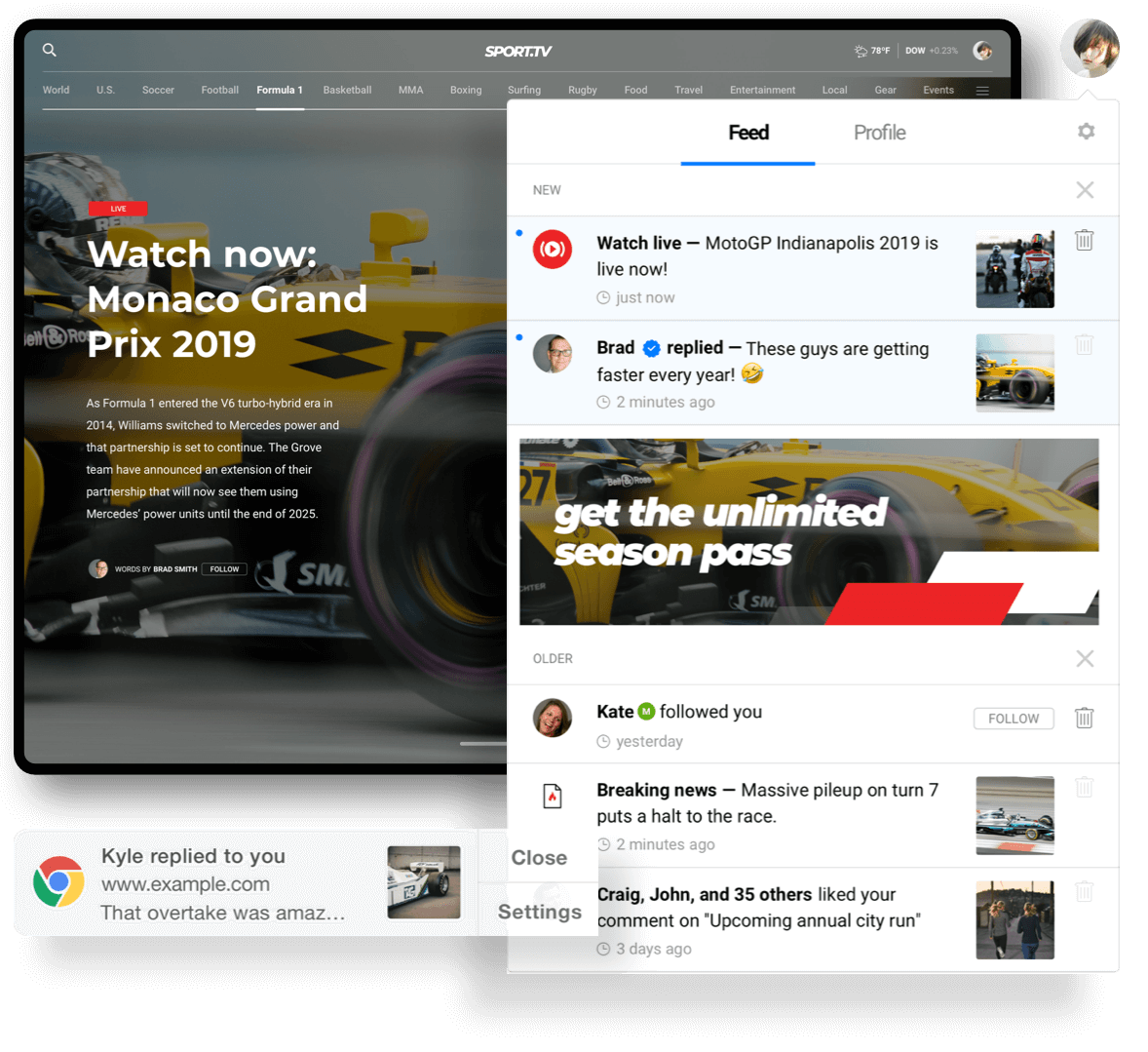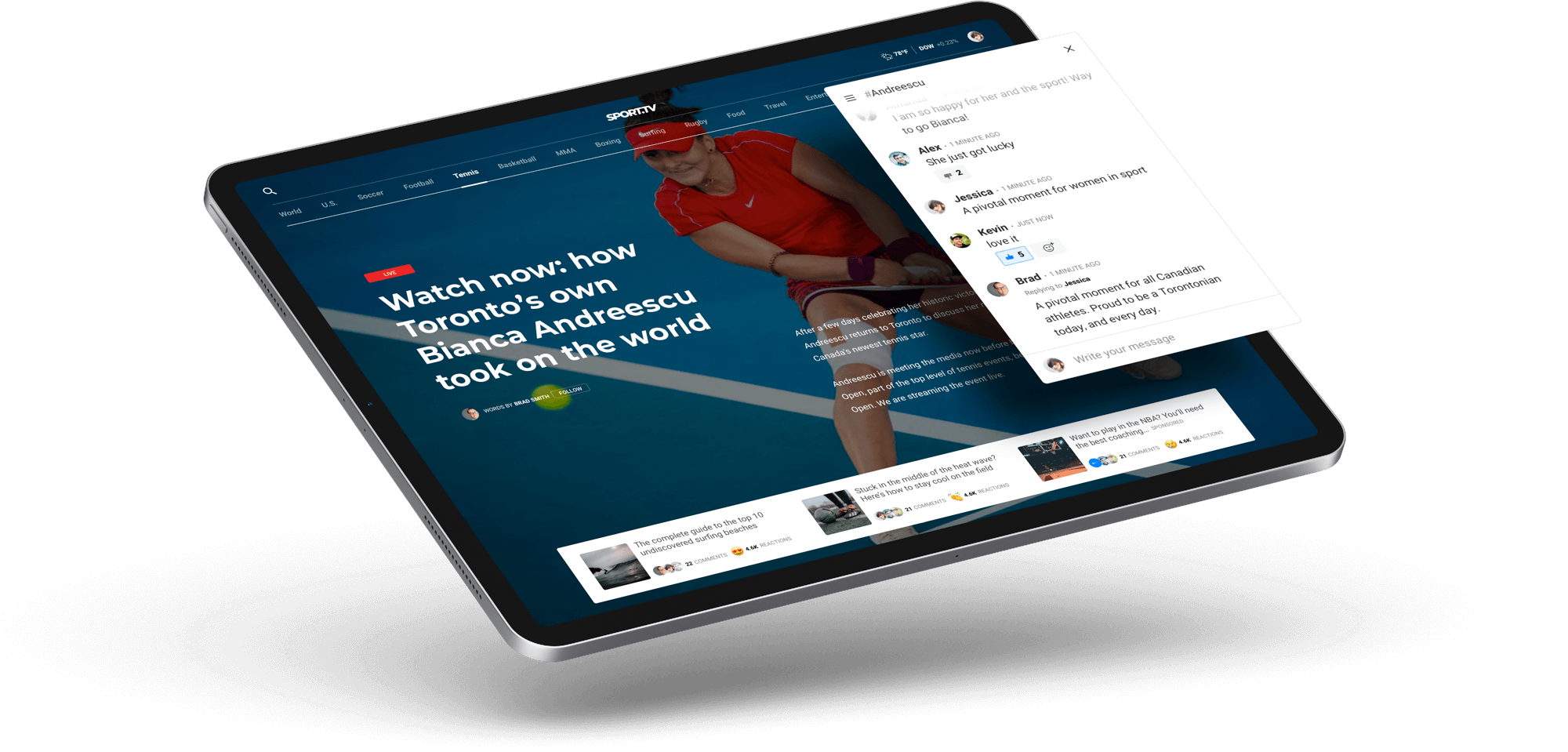The majority of media companies know that having an abundance of user data at their fingertips will allow their businesses to flourish. In fact, publishers need rich user data to understand their audience members, keep people’s attention focused on their brands and grow their subscription and advertising revenue streams.
But recent research from the Reuters Institute for the Study of Journalism highlights that news companies are struggling to collect people’s information online. More specifically, the study outlines how 32% of people worldwide don’t trust news media companies to handle their data.
And since user data is critical to the success of your organization, you’ll need to convince them to provide their personal information by becoming registered users.
Luckily, persuading your media company’s audience to hand over their user data doesn’t have to be a complicated process. All you need to do is adjust your data strategy while reinforcing the value of becoming a registered user.
Personalize experiences for registered users with first-party data
With so many competing media brands and online services, publishers need to go beyond their content to convince users that it’s worth taking the time to register on their websites or apps.
One simple way to build up your company’s registration value proposition is to offer personalized user experiences.
Research from McKinsey & Company even reveals that 71% of people actually want companies to personalize their relationships with users.
In the past, media organizations have turned to third-party data to power custom experiences. But since Chrome is now phasing out third-party cookies, media companies need to find other ways to collect data for their personalization tools.
Instead, organizations can persuade users to register and subscribe to their websites in return for personalized experiences using their first-party data.
“[Subscription] services need to employ strategies that build loyalty, provide added value, and offer personalization to compete in the global marketplace,” says Rande Price, VP of research at Digital Content Next.
And offering users personalization — whether that be through notifications, email campaigns or content recommendations — can give them the push they need to hand over their data.
The importance of owning your user data
It feels like tech giants have a new data breachor scandal around irresponsible data handling every year.
For this reason, it’s critical for media companies to operate independently of tech giants. The reality is that Big Tech companies lose the trust of their users with every data scandal — so how can you expect your audience to trust you if you’re relying on a tech giant to gather and access their data?
One of the easiest ways to earn the trust of online audiences is to ensure your organization has complete ownership over its user data. This means moving the focus away from third-party data and toward the first-party data collected directly on your own digital properties.
“Registration from a user means ‘I trust you’ and ‘I also trust you with my data,’” states Jo Holdaway, ESI Media’s chief data and marketing officer. “You have to be very respectful to your audience to get them to come back.”
When your media company owns all of its user data, your organization can reassure audience members that it isn’t associated with data leaks and scandals from other companies. You’ll also be able to communicate that your organization handles data responsibly since it would only collect and store information that users consent to hand over once they register.

Swap engagement opportunities on-site for registration data
Although personalization and data integrity are effective tools in winning over user data, there’s still another way to persuade anonymous audiences to submit their personal information.
Media organizations can enhance their ability to earn registration data by offering interactive digital experiences just for registered users.
According to Viafoura data, implementing audience engagement tools in even the most basic way can make up 30-50% of user registrations on publisher websites.
The bottom line is that people want to engage with each other, content and authors on your company’s website. Giving users opportunities to interact on-site in return for their data will, therefore, encourage them to become registered, known users.

Ultimately, each of these registration-boosting strategies has the power to encourage users to give up their data. Even so, it’s important to use a combination of all three methods to maximize the value of your registration proposition and earn the best business results.








